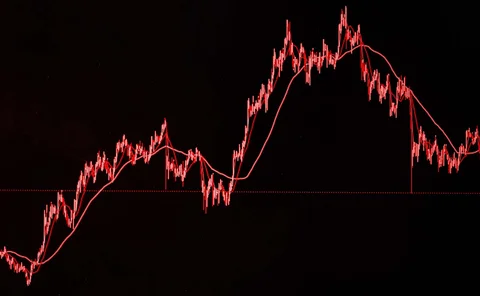Greeks
Almost two-thirds of banks now run XVAs on cloud
Risk Benchmarking study finds a majority of big dealers tapping cloud capacity, some exclusively, with others migrating
Podcast: Olivier Daviaud on P&L attribution for options
JP Morgan quant discusses his alternative to Greeks decomposition
Rethinking P&L attribution for options
A buy-side perspective on how to decompose the P&L of index options is presented
Digging deeper into deep hedging
Dynamic techniques and GenAI simulated data can push the limits of deep hedging even further, as derivatives guru John Hull and colleagues explain
Information geometry of risks and returns
An innovative product design framework and its geometric interpretation is introduced
Banks look back in anger as FRTB revives 1990s risk test
Institutions bemoan need for parallel framework to measure portfolios’ sensitivities to market moves
A risk-based internal audit methodology for Greek local government organizations
The authors propose a methodology for evaluating possible risks when preparing an audit plan in Greek municipalities, with applicability beyond this area.
Audit committee characteristics and the audit report lag in Greece
The authors review empirical studies investigating the effect of audit committee characteristics on audit report lag, using Greece as an example. and finding that committee diligence is associated with a shorter report audit lag.
Looking beyond SA-CCR
An alternative calculation of exposure at default that handles complex portfolios is presented
Vega decomposition for the LV model: an adjoint differentiation approach
Introducing an algorithm for computing vega sensitivities at all strikes and expiries
Quant house of the year: Crédit Agricole CIB
Asia Risk Awards 2022
Automatic implicit function theorem
New technique can improve use of adjoint algorithmic differentiation in calibration problems
Getting the jump on pricing dividend-protected derivatives
Morgan Stanley quants show how to avoid mispricing corporate options and convertible bonds
Reviving the lost art of perturbation for exotic pricing
Natixis quants find novel way to speed up volatility smile modelling
Chebyshev Greeks: smoothing gamma without bias
A numerical method to obtain stable deltas and gammas for complex payoffs is presented
Semi-closed-form prices of barrier options in the Hull-White model
New pricer for options with time-dependent barrier shown to be computationally efficient and stable
Three adjustments in calibrating models with neural networks
New research addresses fundamental issues with ANN approximation of pricing models
Second-order Monte Carlo sensitivities
This paper considers the problem of efficiently computing the full matrix of second-order sensitivities of a Monte Carlo price when the number of inputs is large.
Floating start date for 2020 stress test alarms EU banks
Regulator proposal could lead to less reliable market risk data, critics warn
Deep hedging and the end of the Black-Scholes era
Quants are embracing the idea of ‘model free’ pricing and hedging
Podcast: Hans Buehler on deep hedging and harnessing data
Quant says a new machine learning technique could change the way banks hedge derivatives




















